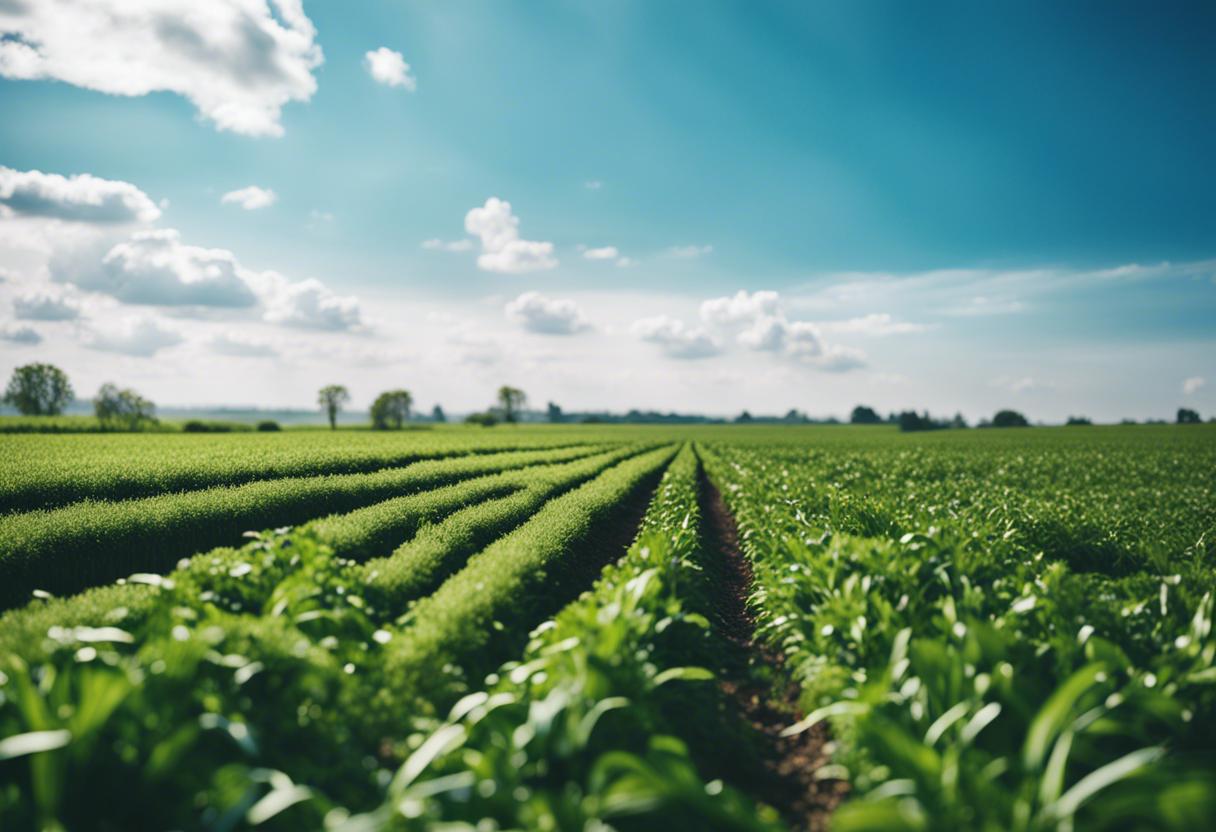According to the Central Statistics Office (CSO), the cost of feed and fertiliser maintain a downward trend, even as the prices farmers obtain from their produce experiences an upsurge. There was a 2.3% drop in feed prices in May, leaving farmers with a reduction of 16.2% less to pay for animal feed compared to the same period last year, as per CSO reports.
Moreover, the cost of fertilisers followed a similar pattern with a 3% drop last month making them 25.1% cheaper compared to May of the preceding year. The decreasing energy costs that significantly impact the manufacturing expenses of fertilisers contributed mainly to this occurrence.
There’s been over a 20% decrease in farmers’ electricity bills over the previous year. In contrast, the cost of motor fuels was up by 15.6%. In general, the total input costs dipped by 1.4% last month and were down 10.4% yearly.
Nevertheless, the selling price farmers fetched for their produce (output prices) increased by 0.9% in May and saw a 1.1% rise since May 2023. This surge in prices, especially those pertaining to livestock (1.1% monthly and 2.3% annually), mainly resulted from significant increases in sheep price. Though May saw a considerable hike in calf prices, they were only 1% up annually. Overall, the sales cost of livestock such as cattle, pigs, and poultry decreased over the year.
In contrast to livestock, the selling price of cereals and potatoes fell, mirrored by a 68.4% reduction in the potato output index. Unlike milk prices, egg costs were lower over the period since May 2023, whereas milk was higher.

